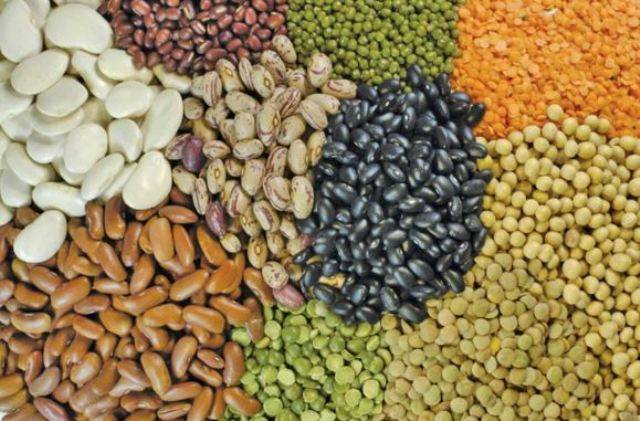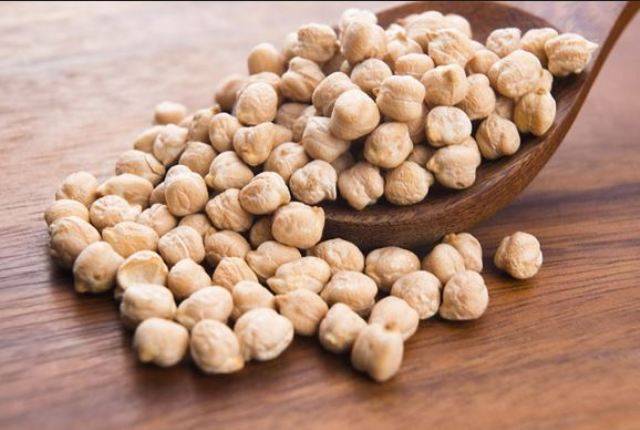
The US and Canada have accused India of ‘dramatic under-reporting’ of market price support (MSP) for pulses – lentils, chickpeas, pigeon peas, mung beans and black matpe at the World Trade Organization (WTO). The two have also submitted their own sheer calculations for inspection of members.
India’s MSP, also known as market price support for 5 pulses is about 26 times higher at Rs. 69,923 crore in place of the notified Rs. 2,667 crore, according to a joint submission made by the countries to the WTO on 12th February.
The submission said, “It appears that India’s MSP for pulses is very much in excess of what it has reported to the WTO. The US and Canada look forward to future conversation of the significance of India’s market price support for pulses for Indian as well as for global markets - both with New Delhi and with other members”.
It is essential for India to defend its own MSP calculation as it is categorized as ‘trade distorting support’ at the WTO that is capped at 10% of production value. If India’s ‘trade distorting support’ goes above the cap, it will be forced to halt the support programmes, failing which it may have to give penalties.
The main reason behind the sharp difference in the minimum support price figures for pulses reported by India and those estimated by US and Canada is the fact that the latter have made their calculation on all eligible output, rather than just that part of production actually procured by government entities in India.
They two also said, “India’s reporting of only procured quantities is directly in contradiction of the MSP calculation methodology given in the Agreement on Agriculture that provides for the computation to be based on all production eligible for the applied administered price, whether or not really procured by a member government at that price”.

India, nevertheless, has constantly maintained at the WTO that ‘eligible production’ for MSP must be that portion of the total production of a crop that is actually obtained by the agencies and not more than that as the support to growers is only limited to that amount. It is likely to continue this line of argument at the WTO Committee on Agriculture.
Another important difference in the calculation method is that while New Delhi has made its MSP calculations in US dollar, the US and Canada have calculated in Indian rupees. India had earlier argued that the AoA gives members the liberty to use the US dollar thus it has been constantly reporting its calculations in the American currency.
Meanwhile, the total MSP for pulses calculated by US and Canada are Rs. 21,795 crore for chickpeas, Rs. 22,040 crore for pigeon peas, Rs. 10,300 crore for mung beans, Rs. 12,909 crore for black matpe and Rs. 2,877 crore for lentils.
















